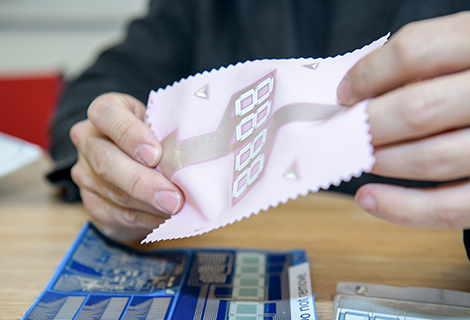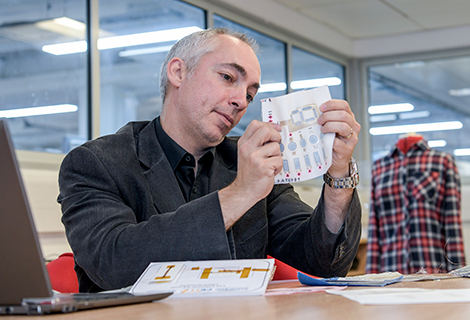A decade of collaboration from the Arm-ECS Research Centre was marked at a special anniversary reception reuniting past and present researchers in Cambridge.
The award-winning Centre, based in the University of Southamptonâs School of Electronics and Computer Science (ECS), undertakes collaborative research with global technology giant Arm on future mobile and embedded systems.
Research partners shared highlights from the Centreâs 10-year history in the reception at Robinson College on Wednesday 19th September, which followed the conclusion of the Arm Research Summit.
The partnership, which is co-directed by ECSâs Professor Bashir Al-Hashimi CBE and Arm Director of Technology Professor David Flynn, requires input from both academics and industrialists on projects, with the nature of research steered by the expected needs and requirements of Arm.
The Centre has become one of Armâs largest university research collaborations in the UK and contributed to Bashirâs recognition in the Queenâs Birthday Honours 2018, awarded for his services to engineering and industry.
âOver the past decade Arm-ECS has become a model for successful industry-academic collaboration,â? Bashir says. âIâm proud of what has been achieved through this partnership.â?
The Arm-ECS Research Centre holds a particular focus on advanced design methods, architectures and their practical validations for energy-efficient and dependable single-core and multi-core processor systems.
To date, its projects have fabricated 12 new test chips, released three open source tools, collaborated on co-authoring 32 papers, graduated six co-supervised PhD students and completed 22 internships in Cambridge. The collaborationâs accomplishments have also been recognised with a University Research Group of the Year award from Techworks (formerly the National Microelectronics Institute) in 2015.
PhD research projects are a key aspect of the Arm-ECS relationship, with each early career researcher supported by one or more industrial mentors from Arm in addition to the academic supervision from ECS. This unique research experience includes the opportunity to intern with Arm in Cambridge.
âAs Arm has grown, the relationship with ECS has grown with it,â? Professor David Flynn says. âItâs exciting to think about the projects that will developed by its 20th anniversary in 2028.â?
Related Links
The University cannot accept responsibility for external websites.


